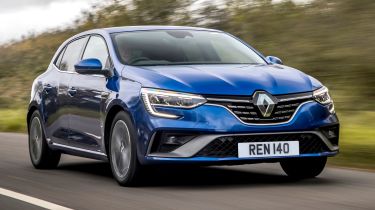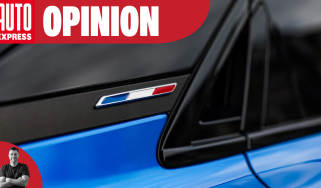Renault Megane (2016-2022) review - Practicality, comfort and boot space
Despite offering a sizeable wheelbase and big boot, space in the back of the Renault Megane is only on a par with rivals from Vauxhall and SEAT

Despite being almost identical in length and width, the Renault Megane boasts a bigger boot than both the SEAT Leon and Vauxhall Astra. Better still, the 434-litre load bay is well shaped, although there’s a step down to the boot floor. A Peugeot 308 has a bigger boot, too.
This emphasis on luggage carrying ability means there’s a fraction less legroom in the rear, but extra features such as the rear air vents add a touch of luxury for passengers. Elsewhere, there’s plenty of handy storage, including flock-lined door bins and a trinket tray that also houses the USB and 12V connectors. Yet as with many French cars, the Megane’s glovebox is tiny as it has to share space with the fusebox – a problem not found when the car is converted to European left-hand-drive markets.
Size
The Megane’s external dimensions are a match for both the SEAT Leon and Vauxhall Astra. At 4.36m long and 1.81m wide, it’s feels easy enough to manoeuvre, while also offering decent interior dimensions.
Leg room, head room & passenger space
While the front seats are supportive, they eat into legroom in the back slightly. Despite being nice and wide, the Megane doesn’t offer any space advantage over its rivals, and occupants will find the Renault is no more roomy in the back than a Vauxhall Astra.
Boot
With its 434-litre boot, the Megane serves up decent practicality. However, fold the rear seats down and the 1,237-litre load bay this creates is actually smaller than the area found on both the SEAT Leon and Vauxhall Astra. There’s also a pronounced loading lip that you’ll have to lift cases past, while underfloor storage is eliminated if you specify a space-saver spare and optional Bose subwoofer.




